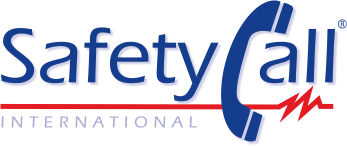Annie Asplen, Paramedic, MS
Medical Writer, Regulatory Assistant, Senior Information Specialist
Product misuse is a common problem, and it’s often the result of users not stopping to read the label. We understand why not; some labels are so busy, it’s hard not to fall asleep before you’ve even found the directions. As tempting as it is to just to skip reading them and take your chances though, it’s important to realize that the label is there to keep users safe, and it’s when they ignore the information on the label that they run into trouble.
Some things that are commonly missed by not reading the label include:
How much of the product to use.
If an apple a day keeps the doctor away, then a hundred apples must be even better, right?
We’re afraid not. Many people don’t realize this, but it’s possible to have too much of even the safest product. Label directions will let you know how much you can use without expecting any problems.
How often to use the product.
What could be the harm in using a pesticide a second time if the one you used yesterday didn’t seem to do the job?
For one thing, it may just take time to work. For another, overusing certain pesticides can be dangerous. Reading the label can save you headaches by telling you what to expect when using the product, and can save you money by letting you know when to be patient and wait for something to work instead of immediately buying more!
When to stop using the product.
This nasal decongestant works great! Why not keep using it all through allergy season?
Because there is such a thing as “rebound congestion,” which can result from using certain decongestants long-term. This is just one of several reasons why using a product for longer than a label recommends can cause problems.
When not to use a product at all.
How can something like headache medicine be dangerous?
Actually, lots of seemingly innocuous products can cause problems when used in the wrong situations. This includes over-the-counter items like pain relievers, some of which can be dangerous when used in circumstances like pregnancy or ulcers.
The moral of the story is, people should be reading labels, even if the use of a product seems obvious. It’s better to take the extra time and be safe than save a few seconds and end up at the doctor’s office (or worse)!
Annie has been with SafetyCall for 11 years. She loves her job and says she has never felt more appreciated by an employer. She is a licensed paramedic and also has her Master’s degree in professional and technical communication. In her free time, she loves hanging out with her 20 month old son, Wade.


